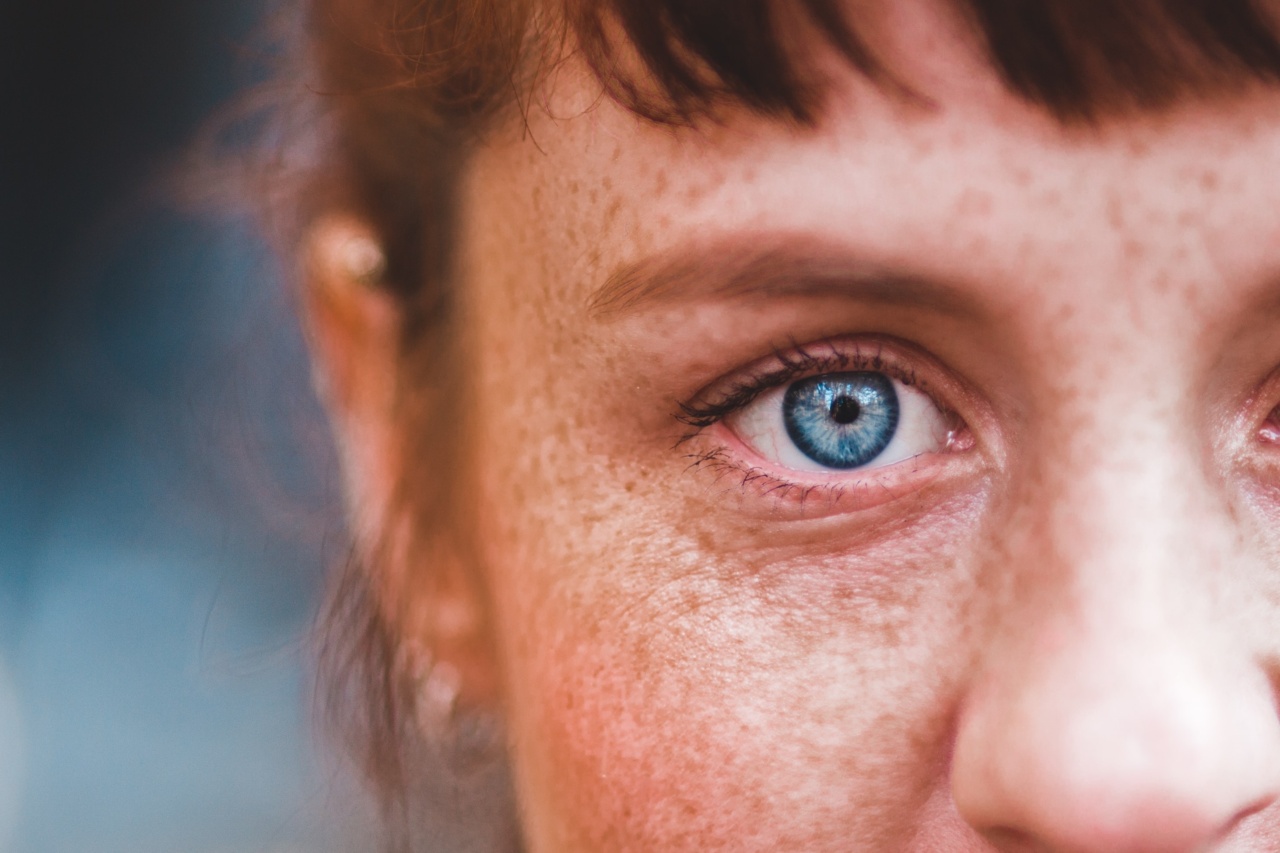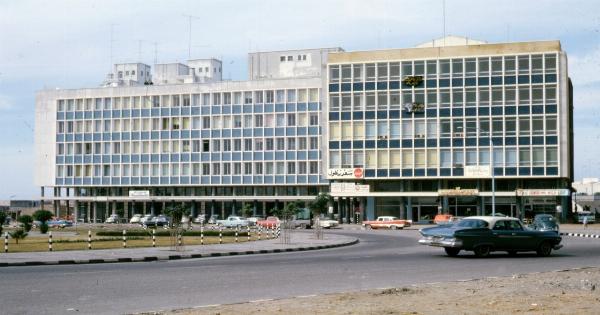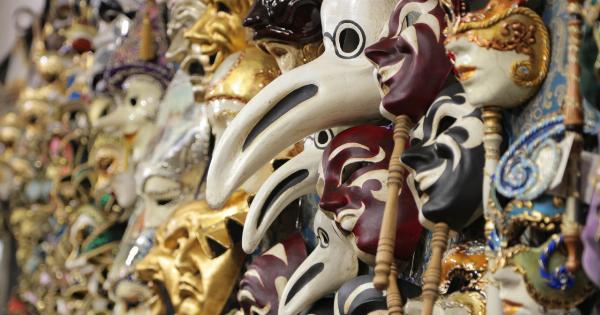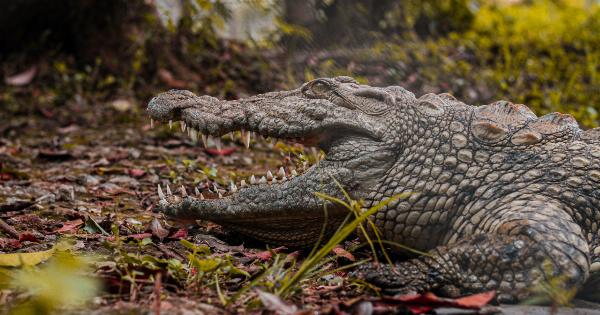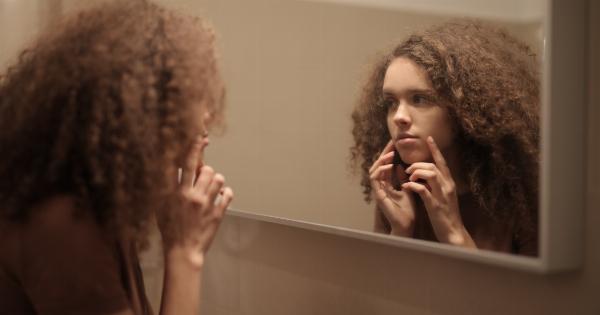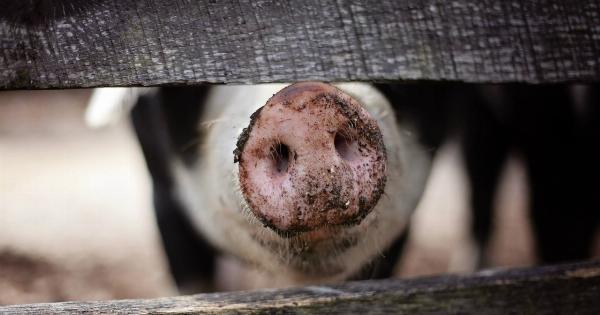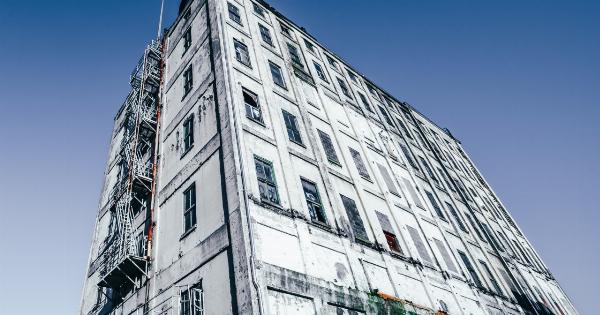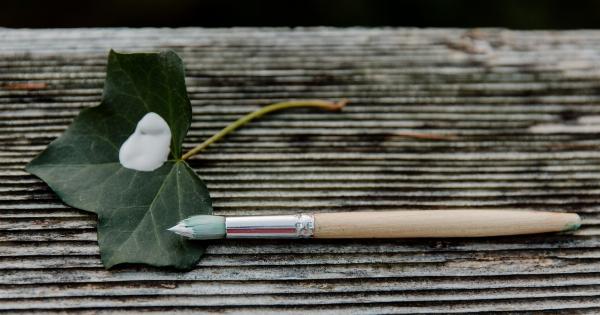When it comes to beauty standards, we often limit ourselves to what we see in magazines and on billboards. That, however, is a narrow view of what beauty really is. In reality, beauty comes in all shapes, sizes, and colors.
It’s time we start celebrating real women around the world and their unique features. In this article, we take a closer look at women from different places and their definition of beauty.
Asia: Embracing Fair Skin
Across Asia, fair skin is seen as the epitome of beauty. Women in countries such as China, Japan, and South Korea aim to have a porcelain complexion. They go to great lengths to achieve this, using skin-whitening creams and avoiding the sun at all costs.
But why is fair skin so desirable in Asia? One reason is that it symbolizes purity and innocence. In ancient times, fair skin meant that a woman came from an affluent family and didn’t have to work long hours in the sun.
Today, it’s seen as a sign of status, beauty, and a preference for Western ideals.
Latin America: Embracing Curves
In countries such as Brazil, Colombia, and Mexico, curvy figures are celebrated. Women with hourglass shapes are seen as feminine and confident. The curvier a woman is, the more attractive she’s considered.
This preference can be traced back to colonial times when women with fuller bodies were seen as healthier and better able to bear children. Today, it’s a sign of femininity and an appreciation for natural beauty.
Africa: Celebrating Natural Features
In Africa, beauty is all about embracing natural features. Women with full lips, broad noses, and dark skin tones are seen as beautiful. The beauty industry in Africa is centered around natural ingredients that highlight natural features.
For example, shea butter is used to moisturize skin and add a healthy glow.
This preference is linked to the idea of Afrocentrism, which emphasizes the beauty of African culture and heritage. Today, it’s a sign of pride and an appreciation for individuality.
Middle East: Embracing Glamour
In the Middle East, beauty is all about glamour. Women spend hours on grooming and makeup to achieve a flawless look. The focus is on perfect skin, bold eyes, and defined features.
This preference can be traced back to ancient times when beauty was a sign of wealth and power. Today, it’s a way to express femininity and a preference for a more glamorous way of life.
North America: Embracing Diversity
In North America, beauty is all about diversity. With such a melting pot of cultures, all types of beauty are celebrated. From small features like freckles and dimples to larger features like curves and skin color, everything is seen as beautiful.
This preference is linked to the idea of individuality and the celebration of diversity. Today, it’s a sign of inclusivity and open-mindedness.
Conclusion
Beauty is not a one-size-fits-all concept. It’s time we start acknowledging the fact that beauty comes in all shapes, sizes, and colors.
By embracing diversity and celebrating natural features, we can change the narrative and create a more inclusive definition of beauty. Let’s start celebrating real women around the world and their unique features!.
